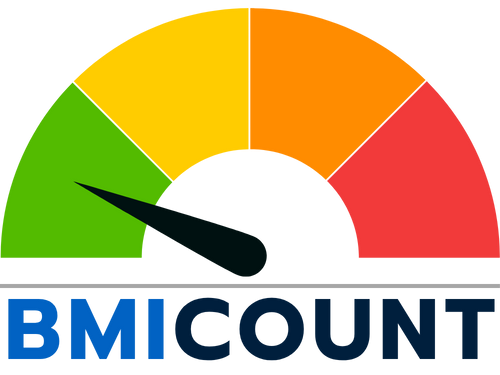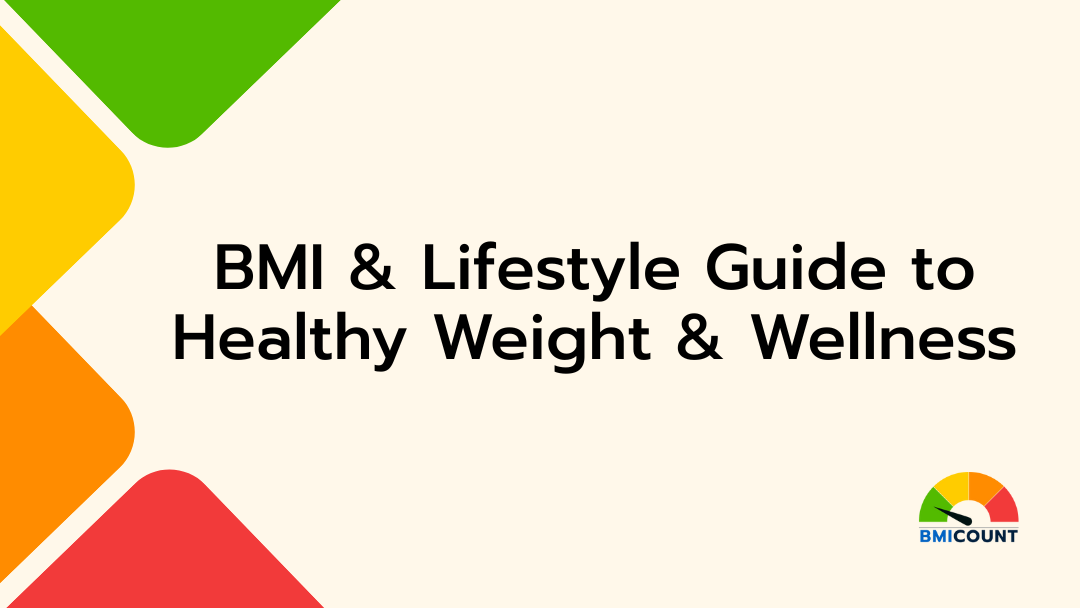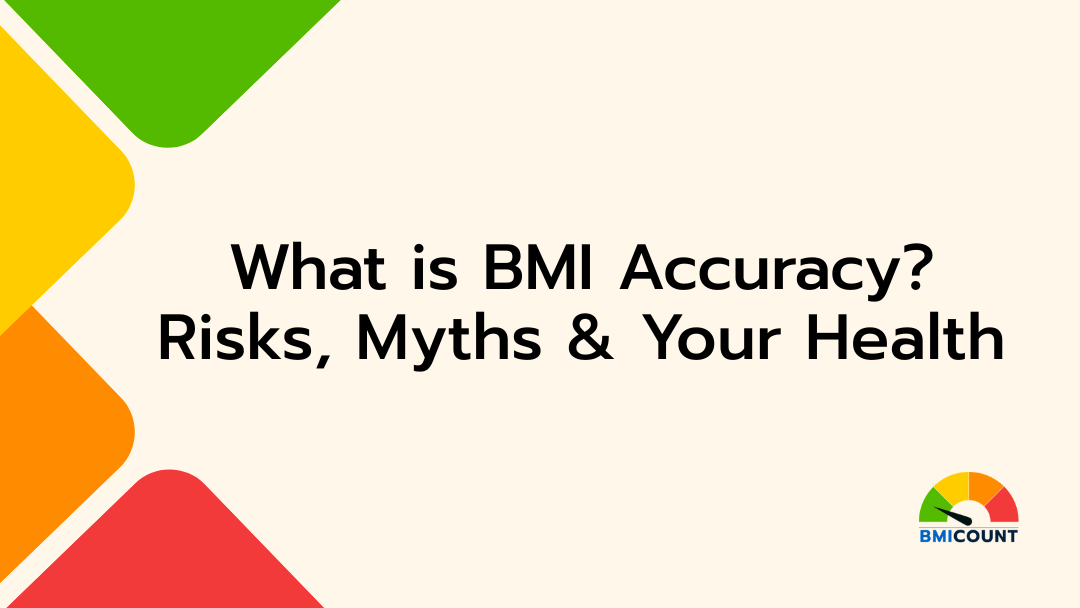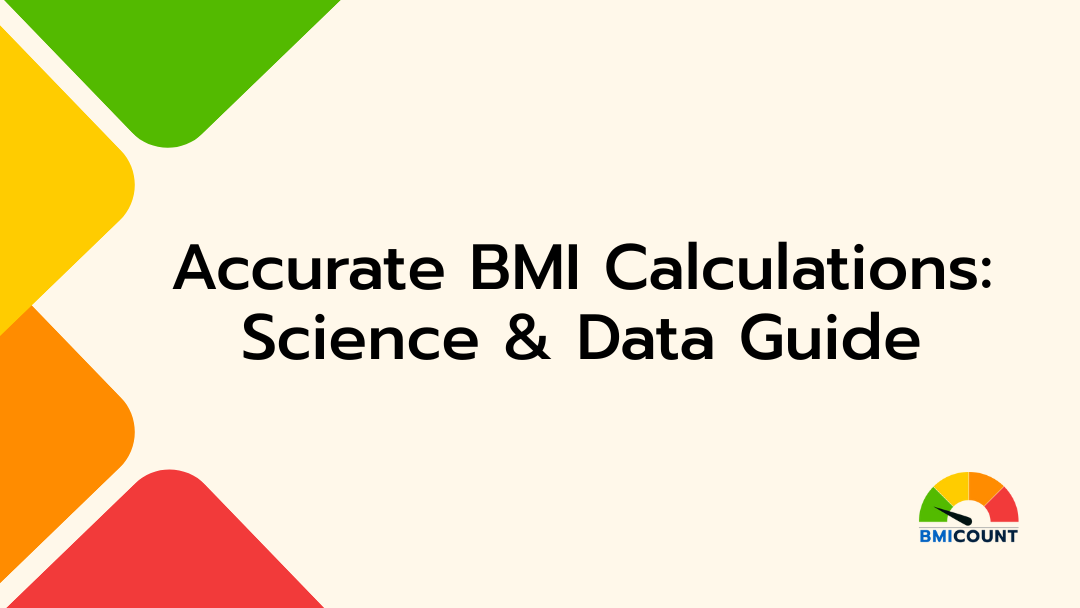Going Beyond BMI for Alternative Health Metrics for Men
For years, Body Mass Index (BMI) has been the default way to measure health. But for many men especially those who are active, muscular, or aging BMI can be misleading. It doesn’t tell you how much of your body is fat, where that fat is stored, or how much lean muscle you carry.
That’s where alternative health metrics for men come in. By tracking your waist circumference, body fat percentage, and muscle mass, you gain a far more accurate picture of your health and risks than BMI alone can offer.
You can still start with a BMI calculation as a general baseline but if you’re serious about your health, it’s time to go deeper.
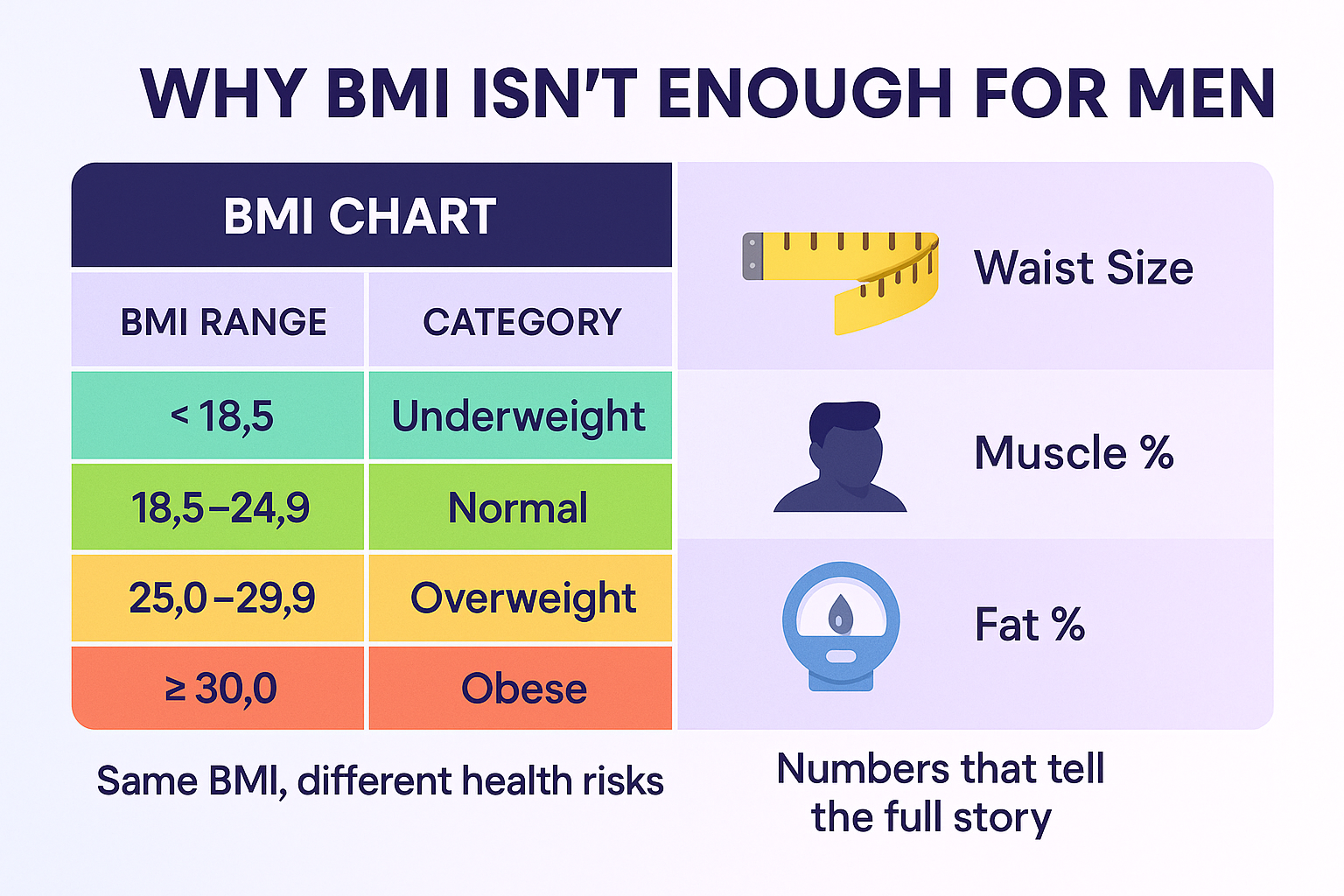
“BMI is just the beginning. Real health insights for men come from looking deeper—into fat, muscle, and where it’s stored.”
Why Alternative Metrics Matter
BMI Doesn’t Tell the Full Story
BMI was designed to give a quick estimate of body weight relative to height, but it doesn’t show what that weight is made of. This is especially problematic for men, who typically carry more lean muscle mass than women making them more likely to be misclassified as “overweight” or even “obese” by BMI alone.
That’s why many experts recommend using alternative health metrics for men tools that consider fat percentage, waist size, and muscle distribution.
BMI vs Alternative Health Metrics (for Men)
| Metric | What It Measures | Good For | Limitations |
|---|---|---|---|
| BMI | Weight vs Height | General population screening | Doesn’t account for fat/muscle ratio |
| Waist Circumference | Abdominal fat distribution | Predicting heart/metabolic risk | Doesn’t assess overall body comp |
| Body Fat % | Fat vs lean tissue | Fitness tracking, weight loss, aging | Accuracy varies by method |
| Muscle Mass | Lean tissue amount | Strength, metabolism, injury prevention | Requires tools to track |
Learn more in our BMI Accuracy, Risks & Misconceptions guide also A guide to Understanding BMI Calculator.
- BMI cannot tell the difference between fat and muscle
- Men with more muscle may appear “overweight” on BMI
- Waist size and fat percentage provide better insights into actual health risk
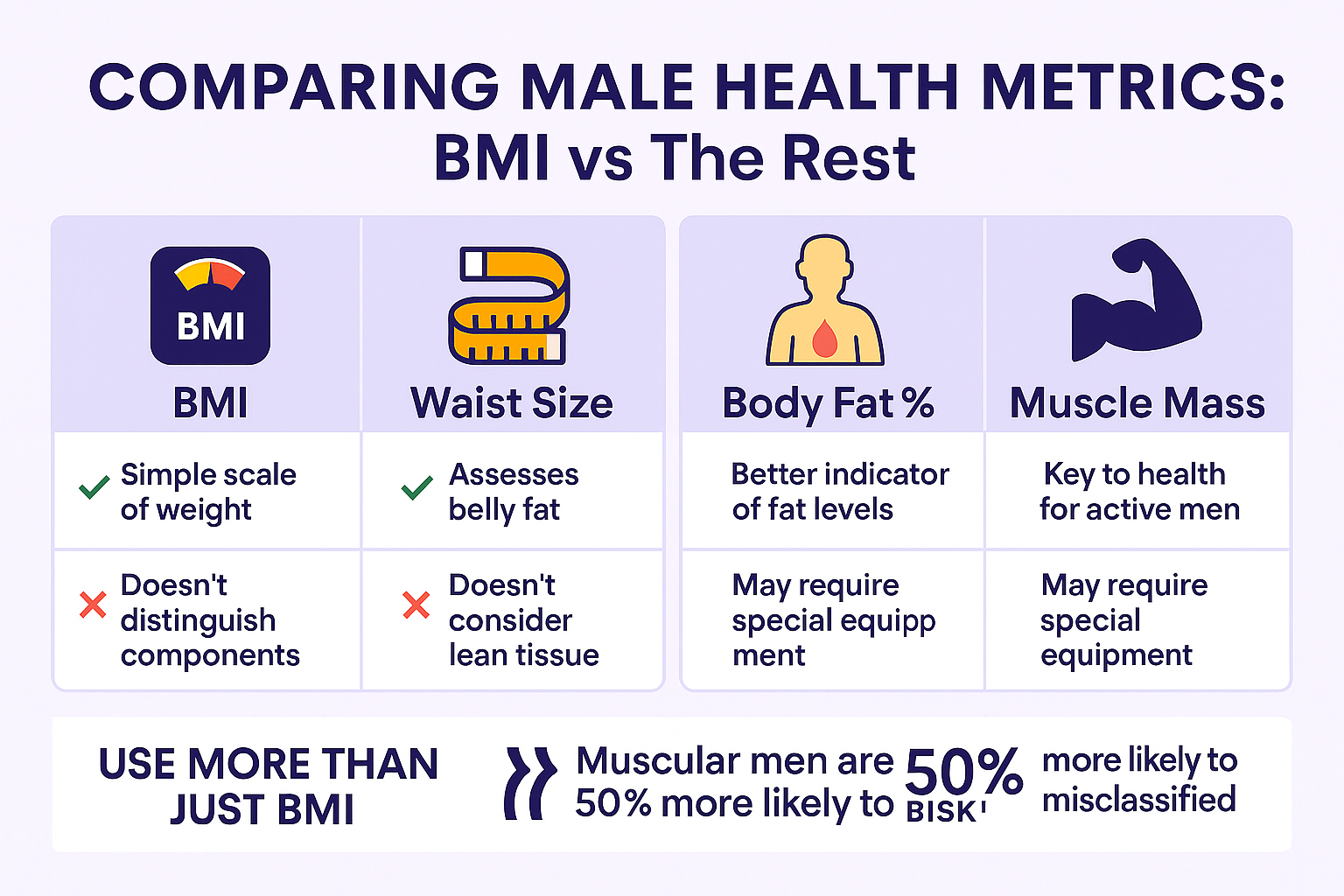
“BMI alone can misclassify fit men as overweight—because it can’t see what’s under the skin. That’s why body fat %, waist size, and muscle mass matter more.”
Ideal & Healthy Body Fat Percentage for Men
Why Body Fat Percentage Tells You More Than BMI
While BMI measures total weight relative to height, it doesn’t show how much of your body is fat. And for men, that distinction is critical especially when tracking fitness, aging, or risk for metabolic diseases.
Knowing your ideal body fat percentage helps you understand your physique beyond just pounds and inches. It reveals whether your weight comes from lean muscle or excess fat, and that’s a far better indicator of true health.
Healthy Body Fat % for Men (by Age & Fitness Level)
| Age Group | Athletes | Fit | Average | High Risk |
|---|---|---|---|---|
| 20–29 | 6–13% | 14–17% | 18–24% | 25%+ |
| 30–39 | 7–14% | 15–18% | 19–25% | 26%+ |
| 40–49 | 8–15% | 16–19% | 20–26% | 27%+ |
| 50+ | 10–17% | 18–21% | 22–28% | 29%+ |
Sources: ACE (American Council on Exercise), WHO
Quick Takeaways:
- Ideal body fat for men ranges between 10%–20%, depending on age and fitness level.
- Athletes and active men will naturally have lower percentages without compromising health.
- Men with body fat above 25–28% face increased risks for heart disease, diabetes, and hormonal imbalance.
Interested in the science behind these metrics? Explore the Science & Data Behind BMI Calculations.
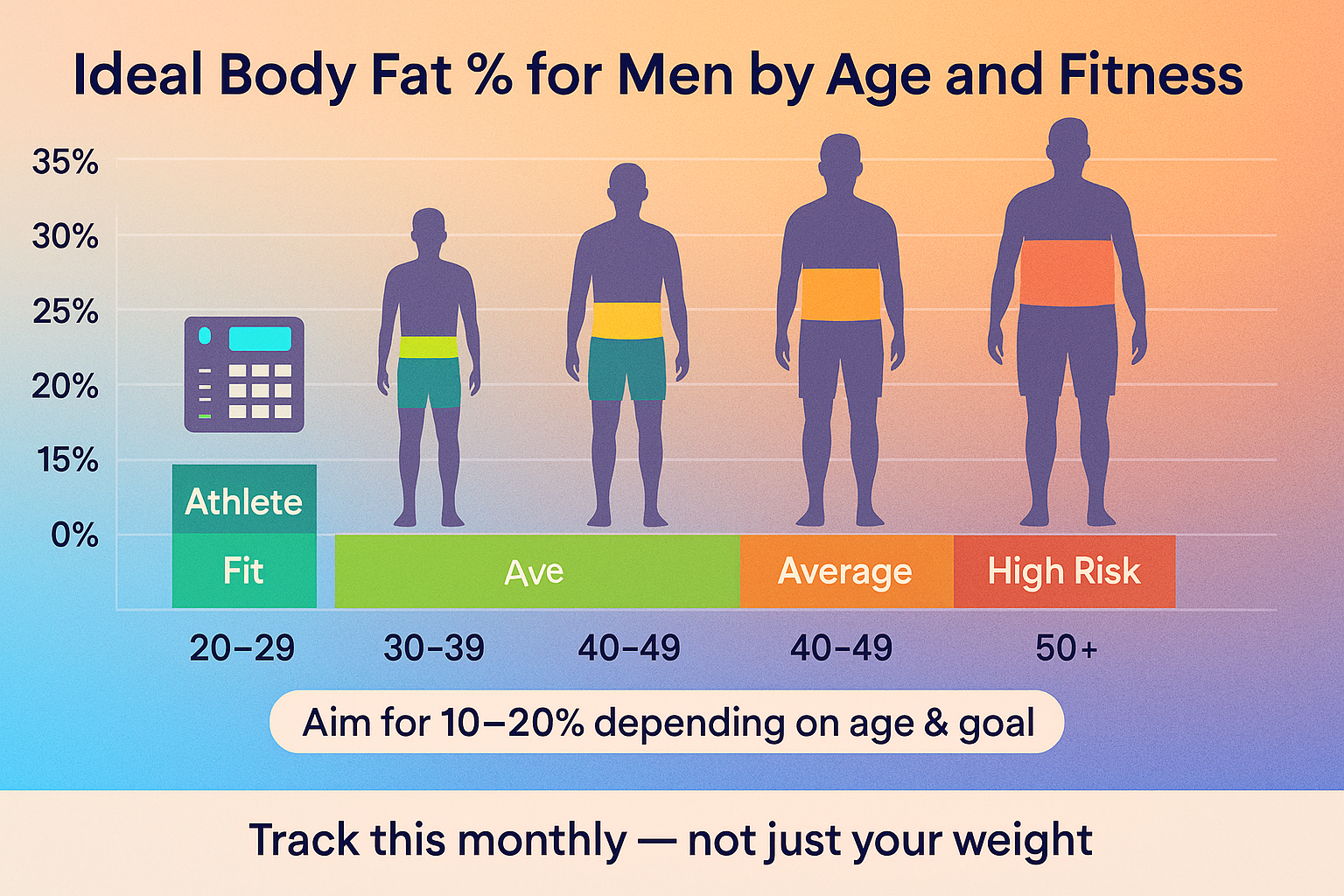
“Body fat percentage doesn’t just tell you how heavy you are—it tells you what that weight is made of, and whether it’s helping or hurting your health.”
Waist Circumference and Health Risk
Why Your Waist Size Matters More Than Your Weight
Many men focus on weight or BMI, but research shows that waist circumference may be a stronger predictor of health risks — especially for conditions like heart disease, type 2 diabetes, and metabolic syndrome.
This is because abdominal (visceral) fat—the kind that wraps around your organs—is more dangerous than fat stored elsewhere. And unfortunately, men are more likely to store fat in this area.
What’s a Risky Waist Size for Men?
| Waist Measurement | Health Category |
|---|---|
| Less than 37 inches | Healthy / Low Risk |
| 37–40 inches | Moderate Risk |
| Over 40 inches | High Risk (visceral fat likely) |
Measure your waist just above the navel while standing, not sucking in.
Why Waist Size Is a Game-Changer:
- It directly relates to visceral fat, not just total weight
- Simple to measure at home — no special tools needed
- A waist size over 40 inches in men significantly raises risk of:
- Heart disease
- Insulin resistance & type 2 diabetes
- Low testosterone & sleep apnea
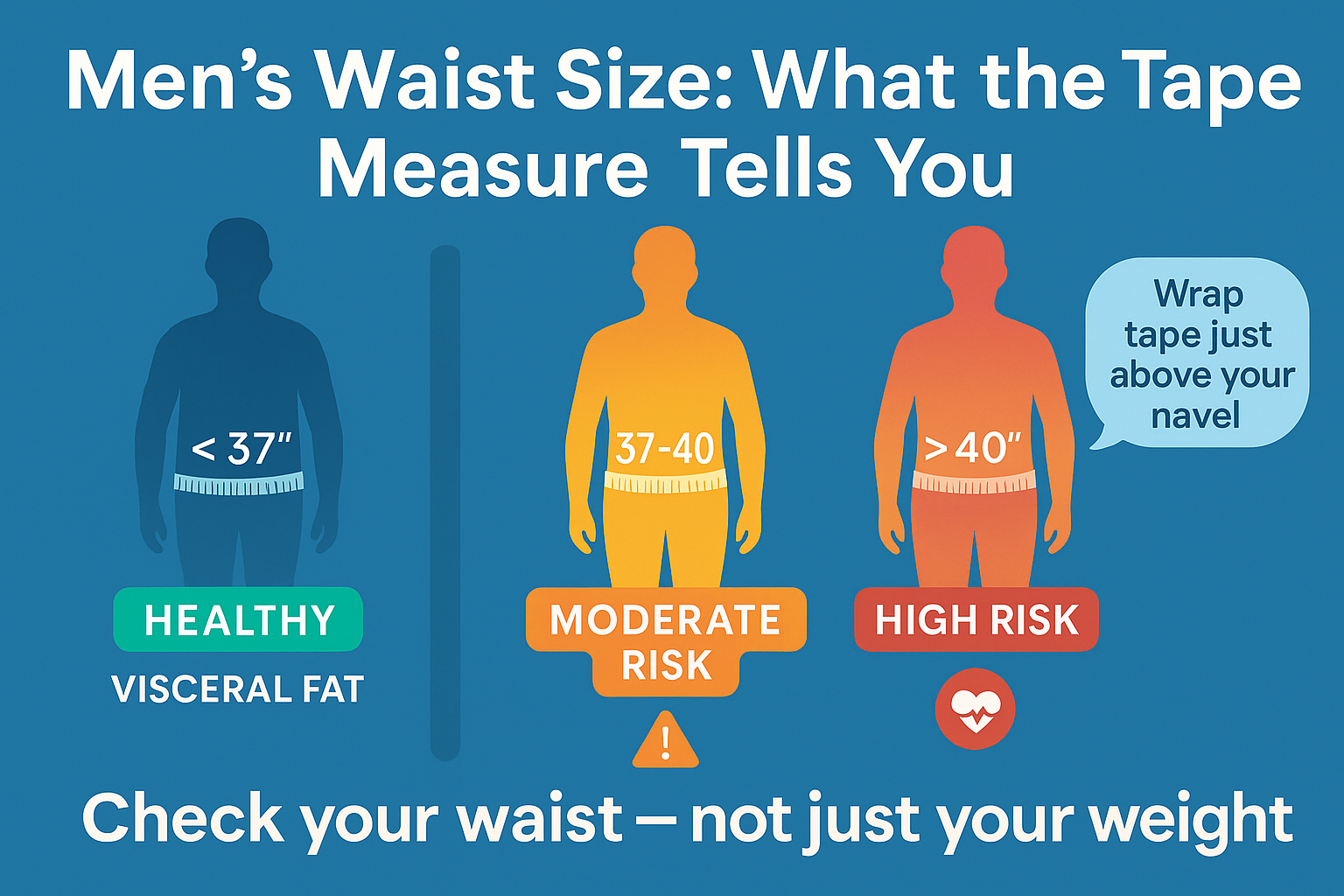
“A man can have a normal BMI and still be at high risk — if his waist size crosses 40 inches. Your belly might be telling a story your scale can’t.”
How Muscle Mass Affects BMI
When a “High” BMI Isn’t a Problem
One of the most common issues men face with BMI is that it doesn’t distinguish between muscle and fat. Because muscle is denser and heavier than fat, fit and athletic men often have a higher BMI even when they have low body fat and are in excellent health.
That’s why understanding how muscle mass affects BMI is essential. Otherwise, you might be flagged as “overweight” when you’re anything but.
Example: Same BMI, Different Bodies
| Profile | Weight | Height | BMI | Body Composition | Health Risk |
|---|---|---|---|---|---|
| Fit Male with Muscle | 190 lbs | 5’10” | 27.3 | Low fat, high muscle | Low |
| Sedentary Male, Same BMI | 190 lbs | 5’10” | 27.3 | High fat, low muscle | High |
Why This Matters:
- BMI treats all weight the same, regardless of what it’s made of
- High muscle mass can raise your BMI, even though it improves health
- The result? Misleading categories like “overweight” or “obese” for men in shape
Want to track your BMI anyway? Use our BMI Calculator for Men and then go deeper with body fat metrics.
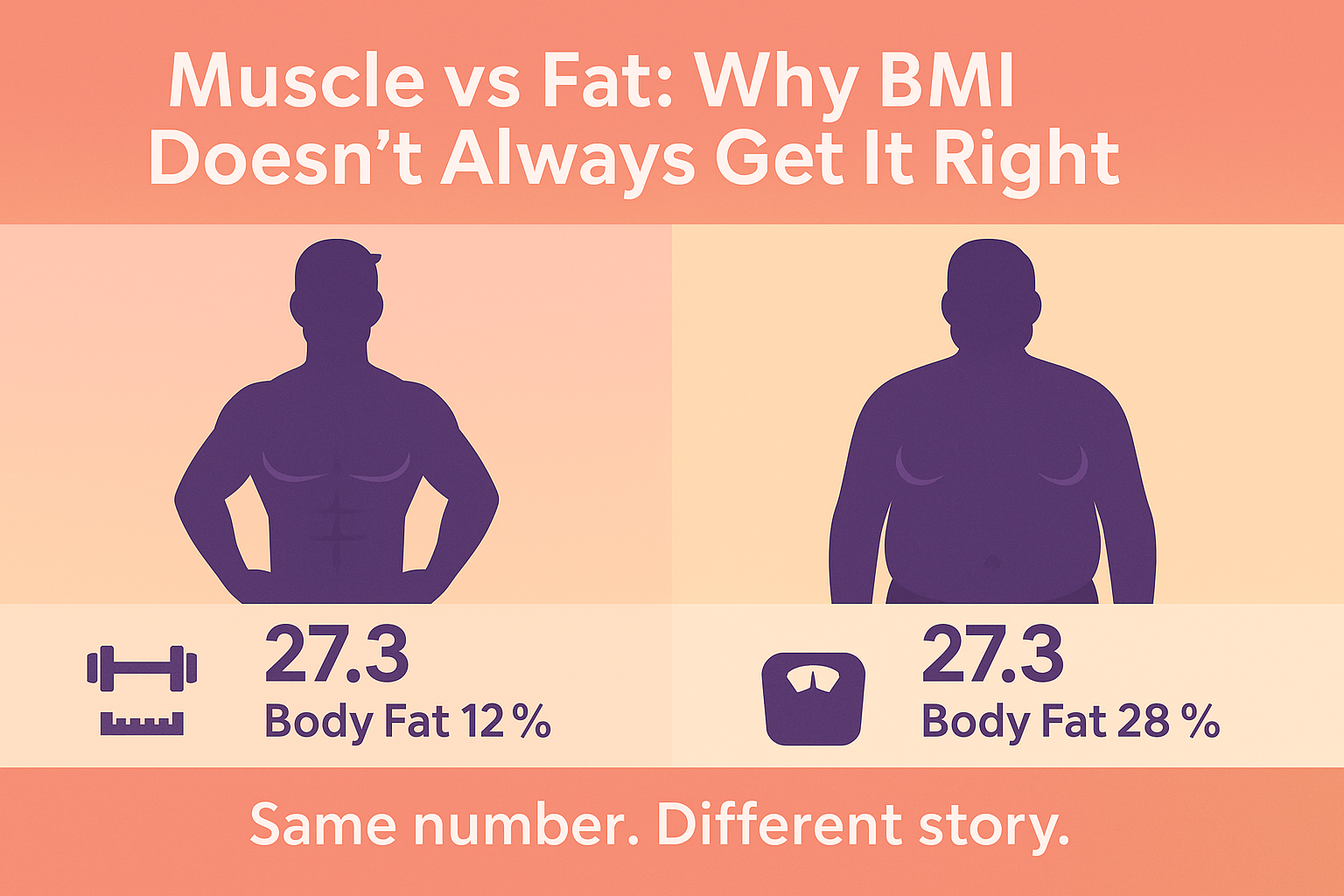
“Muscle is heavy—but it’s healthy. A high BMI doesn’t always mean you’re unhealthy. It might mean you’re strong.”
How to Measure Body Fat
Tools That Go Beyond the Scale
Understanding your body fat percentage is far more revealing than just looking at your weight or BMI. But how do you actually measure it?
There are multiple ways from home tools to clinical scans to get a better view of what your body is made of. Let’s break them down by accuracy, accessibility, and practicality.
Top Methods to Measure Body Fat in Men
| Method | How It Works | Pros | Cons |
|---|---|---|---|
| Skinfold Calipers | Pinch test at various body sites | Affordable, decent estimate | Requires proper technique |
| Smart Body Fat Scales | Uses bioelectrical impedance | Easy to use at home | Can fluctuate based on hydration |
| DEXA Scan | Full-body X-ray that differentiates tissues | Very accurate; shows fat/muscle/bone | Expensive; requires clinic visit |
| Hydrostatic Weighing | Measures body density in water | High accuracy | Inconvenient and rare |
| Waist-to-Hip Ratio | Tape measure at waist and hip | Simple, good predictor of health risk | Doesn’t give full body composition details |
Best Approach for Most Men:
- Use a smart scale or calipers at home for monthly tracking
- Get a DEXA scan once or twice a year for high accuracy
- Measure waist-to-hip ratio as a backup for cardio-metabolic risk
Want to better understand how these metrics fit into health assessments? Revisit our Science Behind BMI Calculations.
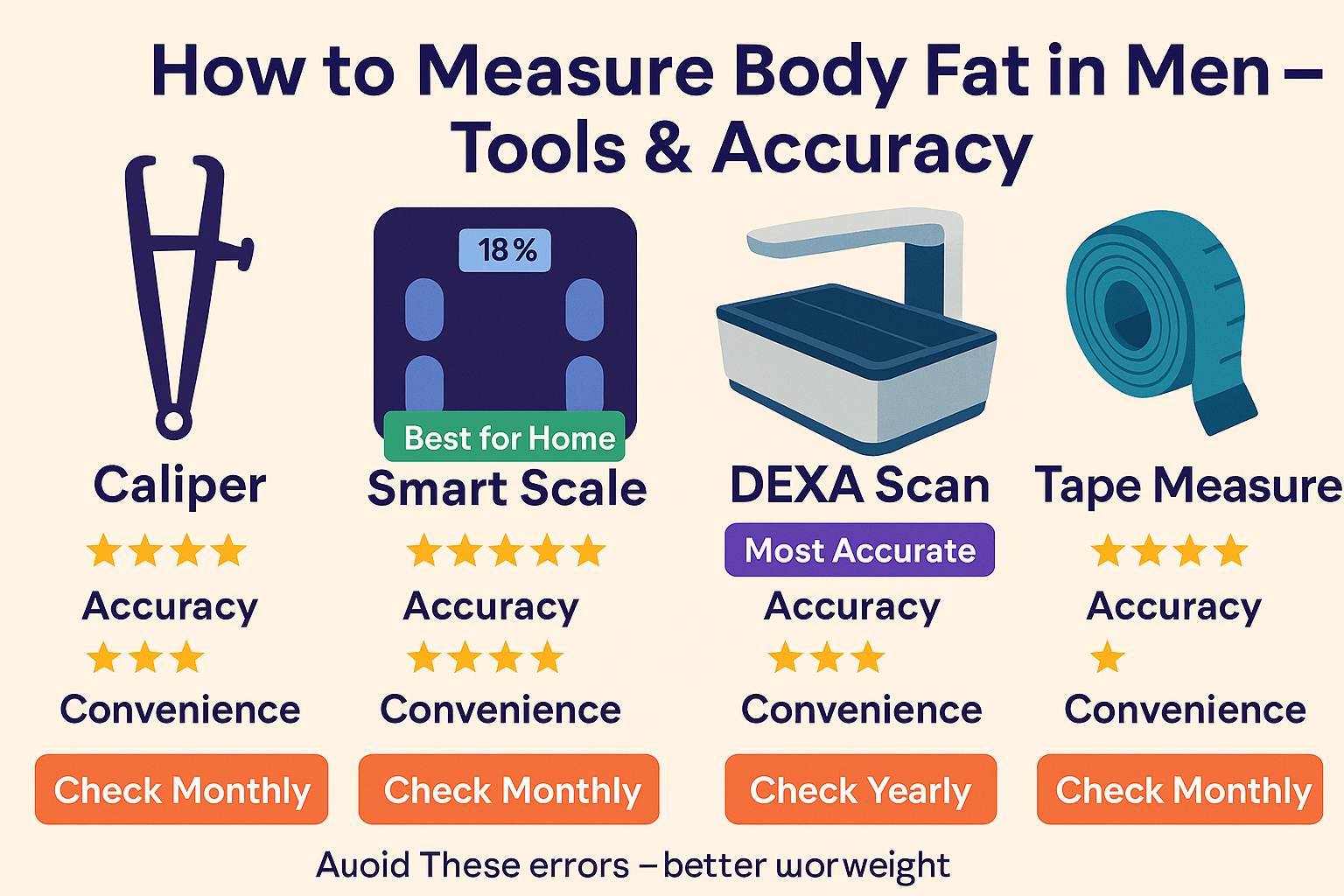
“You don’t need a lab to track your body fat — just the right tools and consistency. Monthly tracking beats occasional guesses.”
Your Full Health Snapshot
BMI Is Just One Number. Your Health Deserves the Full Picture.
By now, it’s clear: while BMI can offer a starting point, it rarely tells the whole story especially for men. Your body is more than just weight and height. It’s made of muscle, fat, bones, and habit-driven outcomes.
By incorporating alternative health metrics for men like body fat percentage, waist circumference, and muscle mass you gain true insight into your overall wellness.
Here’s how to use them together:
Monthly Health Check Plan for Men
- 🧮 Use a BMI calculator monthly as a baseline
- 📏 Measure your waist circumference (aim for <40 inches)
- 🔍 Track body fat % using a scale or calipers
- 💪 Note changes in muscle mass and strength performance
- 📝 Log it all in a simple spreadsheet or health app
Explore male-specific wellness tips in our BMI and Lifestyle Guide.
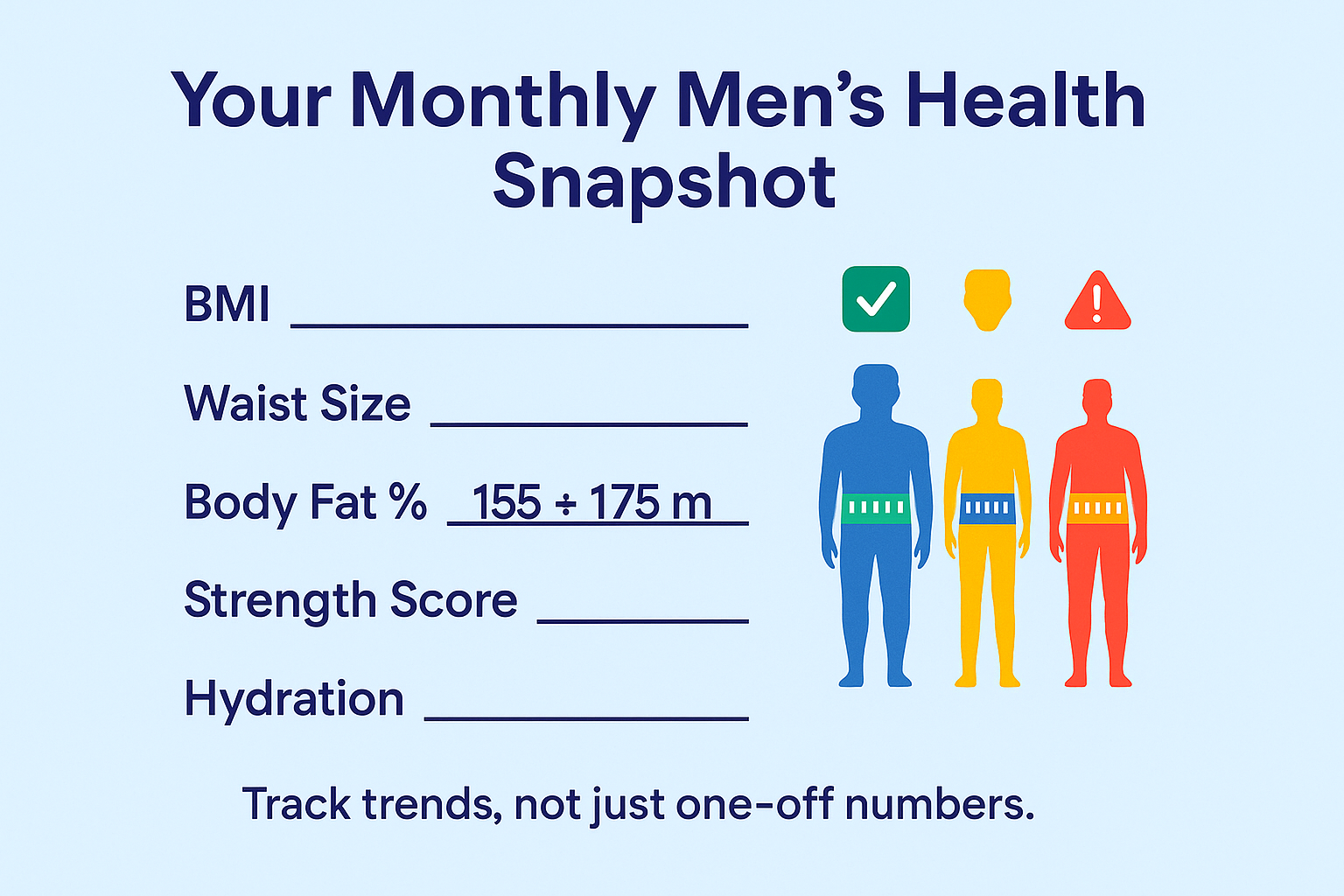
“Health isn’t one number—it’s a set of signals. The more of them you track, the clearer your path to real fitness becomes.”
Explore More BMI Tools for Every Body Type
While this guide focuses on alternative health metrics for men, we know that every stage of life — and every body — deserves accurate health tracking.
Whether you’re just getting started, managing your family’s wellness, or adjusting your goals with age, these tailored BMI calculators can help:
Choose the Right BMI Calculator for You:
- General BMI Calculator – A quick and easy tool for most adults
- BMI Calculator for Men – Designed with male body composition in mind
- BMI Calculator for Women – Adjusted for hormonal and fat distribution differences
- BMI Calculator for Kids – Based on growth charts and percentiles
- BMI Calculator for Teens – Tracks healthy development during puberty
- BMI Calculator for Seniors – Focuses on mobility, lean mass, and aging needs
“BMI isn’t one-size-fits-all. Use the right calculator for your age, gender, and goals to get results that actually mean something.”
Frequently Asked Questions
What is a healthy body fat percentage for men?
For most men, a healthy body fat percentage ranges between 10%–20%, depending on age and activity level. Athletes may fall between 6%–13% without health concerns.
How does muscle mass affect BMI?
Muscle is denser than fat, so men with higher muscle mass often have a higher BMI even when they have low body fat. This can lead to misclassification as “overweight” or “obese.”
Why is waist circumference important for men?
Waist size helps identify abdominal fat, which is strongly linked to heart disease and metabolic conditions. A waist measurement over 40 inches increases risk significantly.
How can I measure my body fat at home?
You can use smart body fat scales, skinfold calipers, or measure your waist-to-hip ratio. While less accurate than medical scans, they are effective for tracking trends.
Can I be healthy if my BMI is high?
Yes. If your high BMI is due to muscle mass and you have a low body fat percentage and healthy waist size, you may be fit and metabolically healthy despite a high BMI.
What is the ideal waist circumference for men?
The ideal waist size for men is under 37 inches. Between 37–40 inches is moderate risk, and over 40 inches is high risk for cardiovascular and metabolic conditions.
How often should I check my body composition?
For most men, monthly tracking is ideal using the same tools and methods each time. Annual DEXA scans or medical checkups can help verify accuracy.
Are alternative health metrics better than BMI?
Yes, especially for men. Metrics like body fat %, waist circumference, and muscle mass offer a clearer, more personalized view of health than BMI alone.
